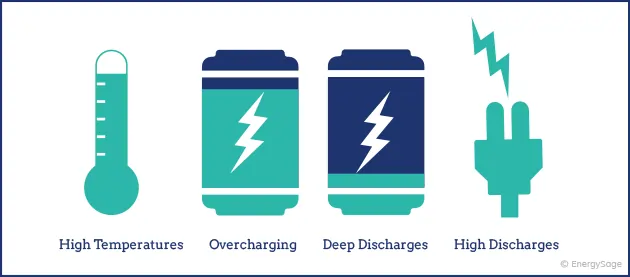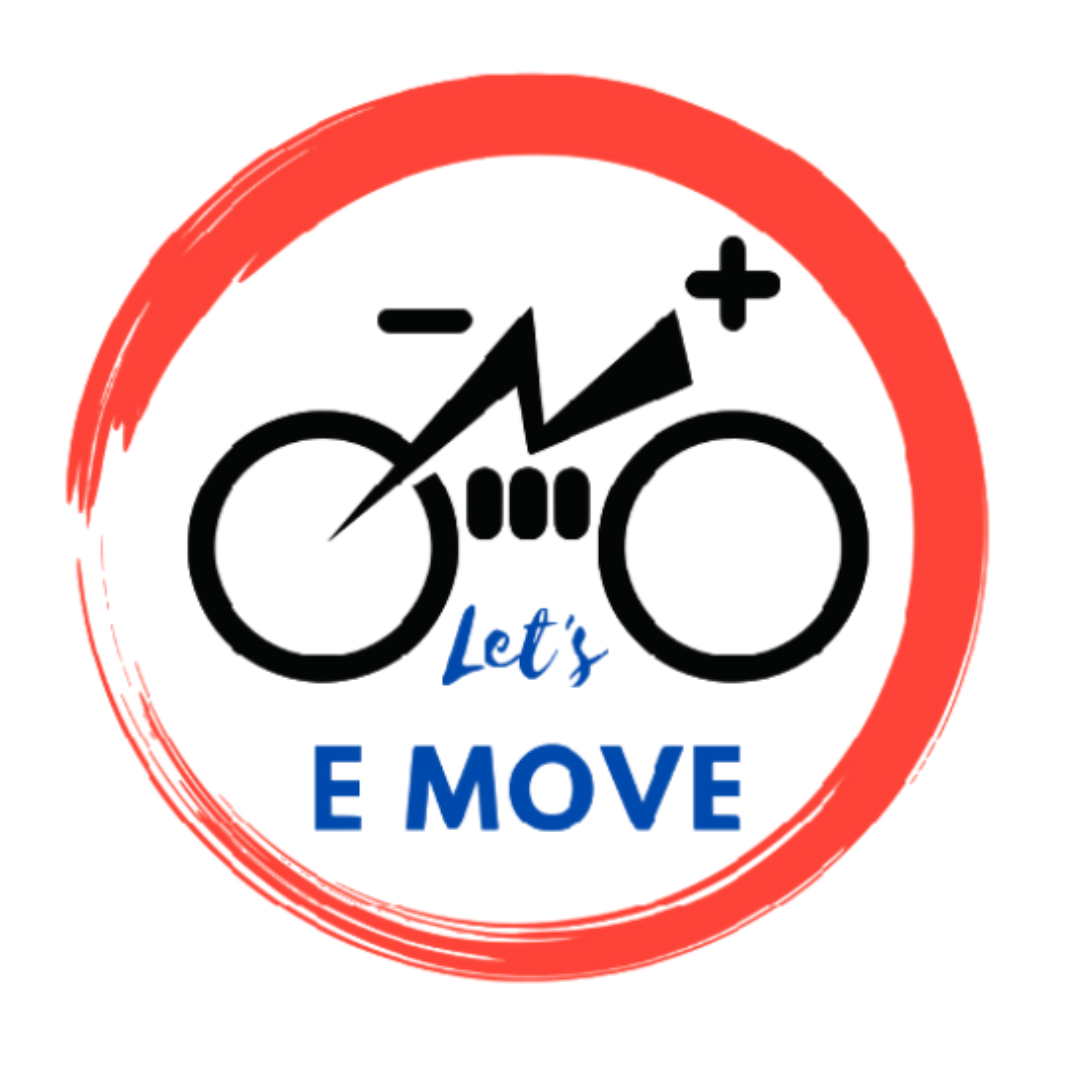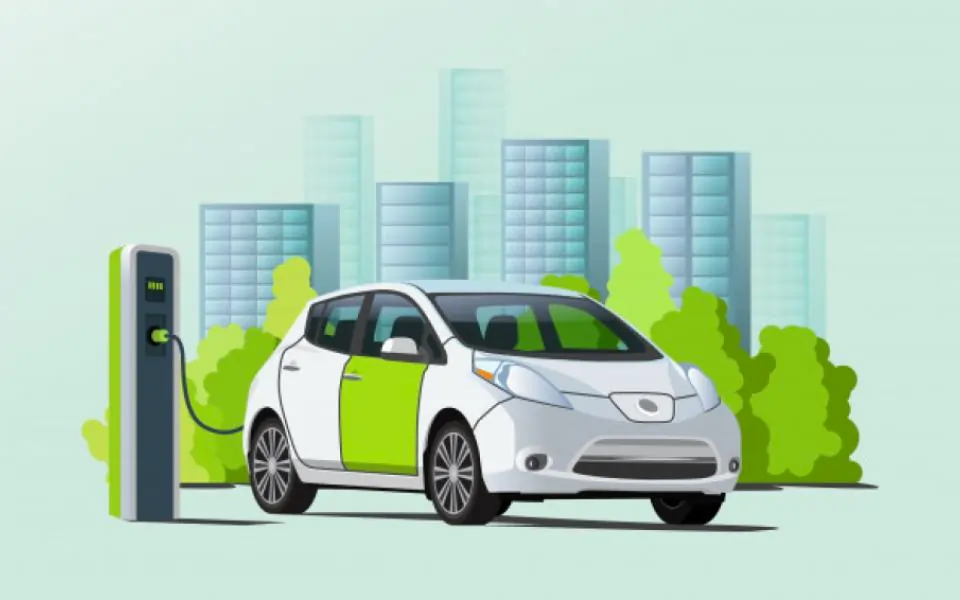
Exploring EV Battery Drain electric vehicles (EVs) offer a substantial advantage in terms of their remarkable driving range on a single charge.
it’s important to be mindful that operating certain accessories in your EV can deplete the battery faster than anticipated. Let’s delve into which features in EVs tend to consume battery charge most rapidly.
Table of Contents
Mitigating EV Battery Drain with an Efficient HVAC System
Maintaining a comfortable cabin temperature significantly impacts an electric vehicle’s battery life, ranking as one of the primary contributors to EV battery drain. Notably, air conditioning stands out as a major consumer of energy in this regard. Here’s how the HVAC system impacts range:
- Air conditioner – Uses 3-4 miles of range for every 15-minute run.
- Heater – Reduces range 2-3 miles for every 15 minutes used.
- Seat warmers – Use less energy than cabin heat, just 0.2 miles per 15 minutes.
- Defrosters – Rear and front defrosters can use over 3 miles of range in 15 minutes.
Tips to Minimize HVAC Battery Drain:
- Use seat/steering wheel heating instead of cabin heat when possible
- Lower fan speed and turn off A/C or heat once comfortable
- Preheat/cool cabin while plugged in to avoid draining the battery
Read Also: Discover the EV Battery Charge Time for Charging from 0-80%
Entertainment and Electronics
Onboard entertainment systems and electronic features also use the EV battery:
- Audio system – Around 1 mile of range per hour at high volumes. Less impact at lower volumes.
- Navigation – Depending on screen brightness, you can use 0.5+ miles of range per hour.
- WiFi hotspot – Drains the battery 0.3-0.5 miles for each hour used.
- Heated/ventilated seats – Up to 0.5 miles per 15 minutes.
- Heated steering wheel – Uses negligible energy, less than 0.1 mile per 15 minutes.
Tips to Reduce Entertainment/Electronic Drain:
- Lower the audio volume and turn it off when not needed
- Dim screen brightness and limit navigation use
- Disable WiFi hotspot if not needed
- Only use heated/cooled seats and wheels when required
Lights and Wipers
Running lights and wipers engage the EV’s accessories battery:
- Headlights – Uses around 0.2 miles per 15 minutes.
- Interior lights – Very minimal impact, less than 0.1 miles per hour.
- Wipers – Front wipers on low drain about 0.3 miles per 15 minutes.
- Heated wipers – Can use almost 1 mile per 15 minutes.
Tips to Minimize Lights/Wipers Battery Drain:
- Use auto headlights and turn off manually when parked
- Limit the use of interior lights when driving at night
- Only use wipers and heated wipers when essential for visibility
Additional EV Features Impacting a Range

A few other accessories that drain the battery faster:
- Power trunk/tailgate – Negligible impact, less than 0.1 miles per use.
- Power seats – Minimal effect, around 0.1 miles per adjustment.
- Electric cooling box – Can use almost 1 mile per hour when maxed out.
- Car alarm system – Very small discharge, less than 0.1 miles per hour.
- Tire pressure monitoring system – Nearly zero impact on range.
Tips to Reduce Drain from Other Features:
- Only power up the trunk when needed and shut it quickly
- Limit adjusting power seats while driving
- Turn off or minimize the use of the cooling box
- Ensure the alarm system is properly calibrated
With the smart use of accessories, you can maximize your driving range. Follow these tips and know what drains your battery most. Enjoy the full capabilities of your EV!







